Stories Category: PICU

The Effect of 6% Hydroxyethyl Starch (130/0.4) On AKI in Pediatric Cardiac Surgery
We have evaluated the effect of a colloid solution on acute kidney injury in paediatric cardiac surgery. A total of 195 patients were randomly divided into an hydroxyethyl starch group and a control group. In the starch group,... read more

Risk Factors for Ventilator-Associated Events in a PICU
There is an association between ventilator-associated condition and infection-related ventilator-associated complication in critically ill children with acute kidney injury, ventilatory support, and neuromuscular blockade.... read more

Vascular Access in Critically Ill Pediatric Patients With Obesity
Severe obesity is associated with decreased overall likelihood of placement of a vascular access device but increased likelihood of peripherally inserted central catheter placement and of device-related complications. Patients... read more

An Interprofessional Quality Improvement Initiative to Standardize Pediatric Extubation Readiness Assessment
An interprofessionally developed respiratory therapist–led extubation readiness protocol can be successfully implemented in a busy tertiary care PICU without adverse events. We analyzed data from 398 mechanically ventilated... read more
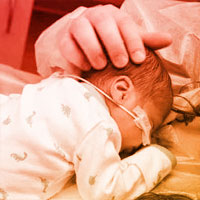
Quality Improvement Initiative to Reduce PICU Noise Pollution
Substantial noise pollution exists in our PICU, and utilizing the pediatric delirium bundle led to a significant noise reduction that can be perceived as half the loudness with hourly nighttime average dB meeting the EPA... read more
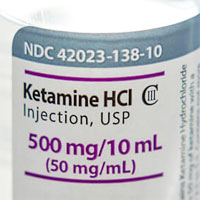
Considerations for Physicians Using Ketamine for Sedation of Children in EDs
Ketamine use in emergency departments (EDs) for procedural sedation and analgesia is becoming increasingly common. However, few studies have examined patient factors related to adverse events associated with ketamine. This... read more
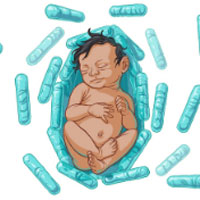
Probiotics Offer Powerful Protection Against Sepsis in Infants
Sepsis can occur in just about anyone, including infants. Recent research shows feeding newborns probiotics (healthy bacteria) significantly lowers the child's risk of developing sepsis. The study involved infants in rural... read more

Pediatric Critical Care, 5e
Still the #1 resource for today's pediatric ICU teams, the newly released Pediatric Critical Care, 5th Edition covers the entire field, from basic science to cutting-edge clinical applications. Drs. Bradley P. Fuhrman and... read more
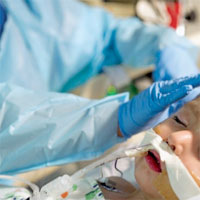
Development and Validation of an Empiric Tool to Predict Favorable Neurologic Outcomes Among PICU Patients
This proposed prediction tool encompasses 20 risk factors into one probability to predict favorable neurologic outcome during ICU stay among children with critical illness. Future studies should seek external validation and... read more
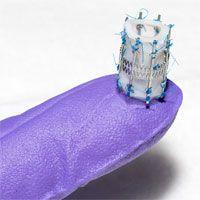
New Replacement Heart Valve Grows as Child Gets Older
Children born with congenital heart valve defects number in the thousands each year, yet there are simply no artificial cardiac valves available that were designed specifically for babies. Multiple heart surgeries have to... read more
The Epidemiology of Hospital Death Following Pediatric Severe Sepsis
Margaret Parker, MD, MCCM, speaks with Scott L. Weiss, MD, MSCE, about the article, "The Epidemiology of Hospital Death Following Pediatric Severe Sepsis: When, Why, and How Children With Sepsis Die," published in the September... read more
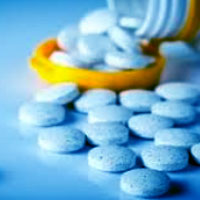
Delirium and Benzodiazepines Associated With Prolonged ICU Stay in Critically Ill Children
Delirium is associated with a lower likelihood of ICU discharge in preschool-aged children. Benzodiazepine exposure is associated with the development and longer duration of delirium, and lower likelihood of ICU discharge.... read more
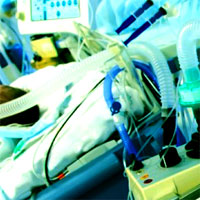
Factors Associated With Pediatric Ventilator-Associated Conditions in Six U.S. Hospitals
A newly proposed surveillance definition for ventilator-associated conditions among neonatal and pediatric patients has been associated with increased morbidity and mortality among ventilated patients in cardiac ICU, neonatal... read more

Early Exercise in Critically Ill Youth and Children, a Preliminary Evaluation
Early mobilization is safe and feasible in the PICU. In-bed cycling may facilitate greater duration and intensity of mobilization, in critically ill children. A full-scale randomized controlled trial is warranted to evaluate... read more




